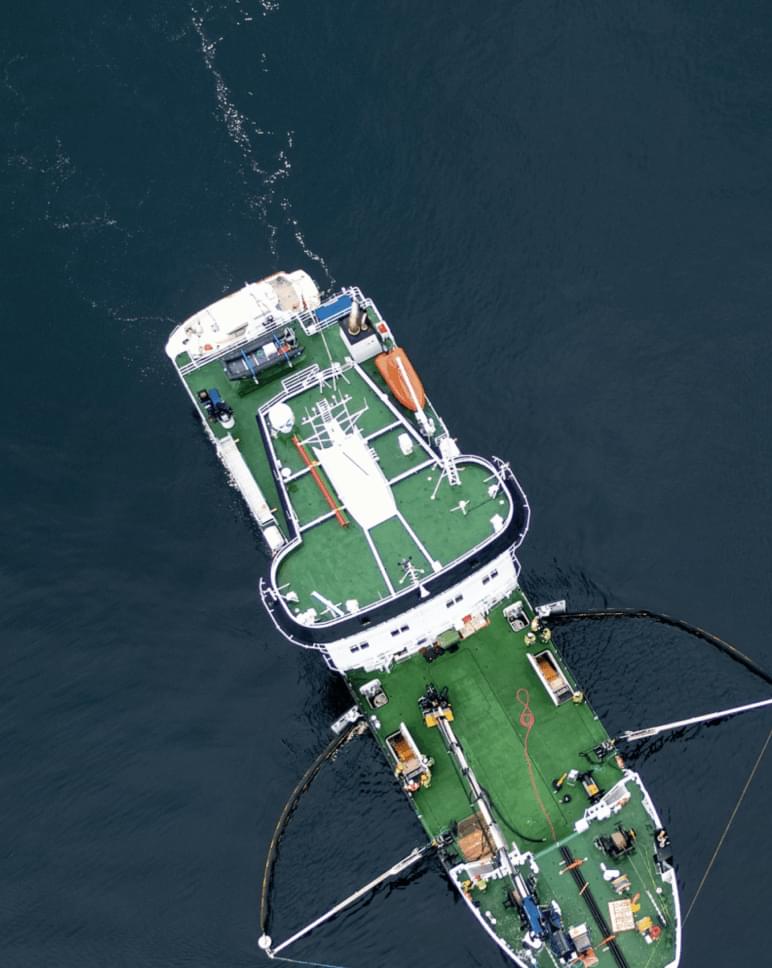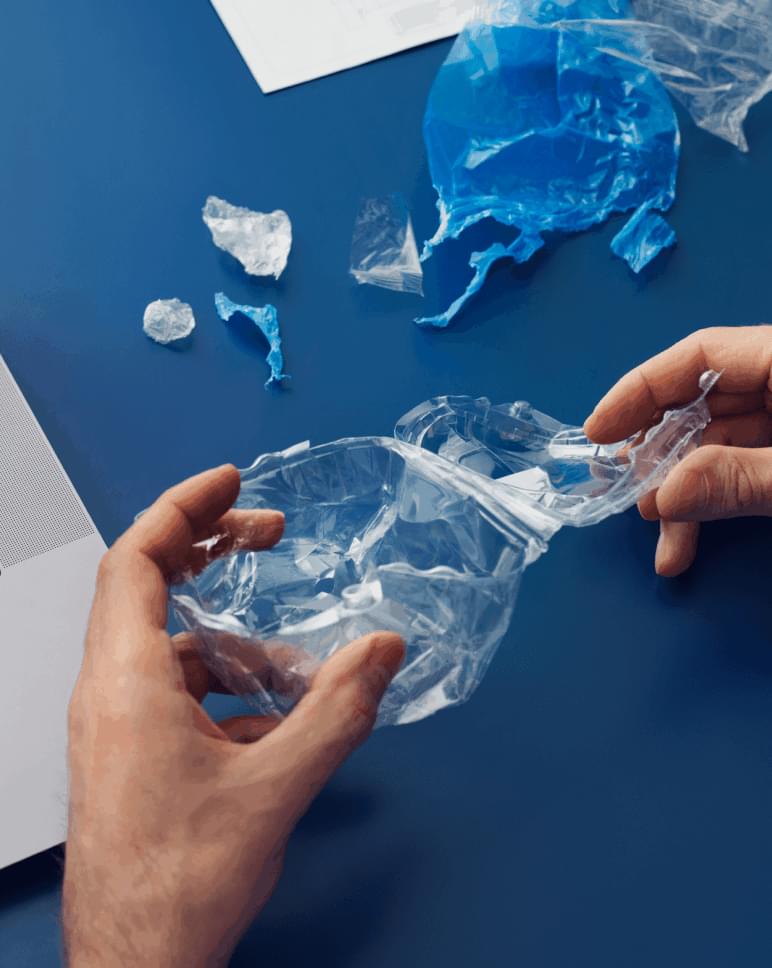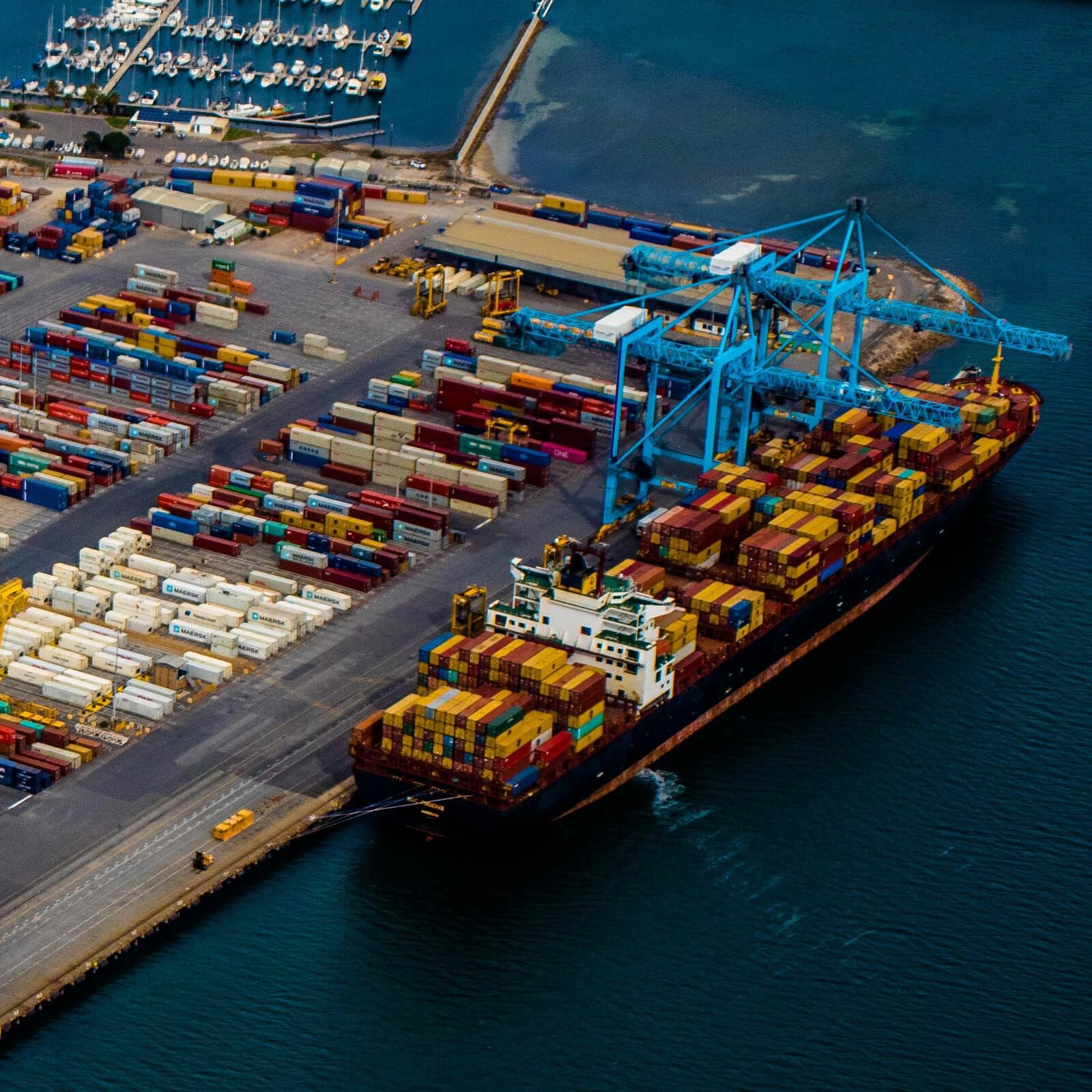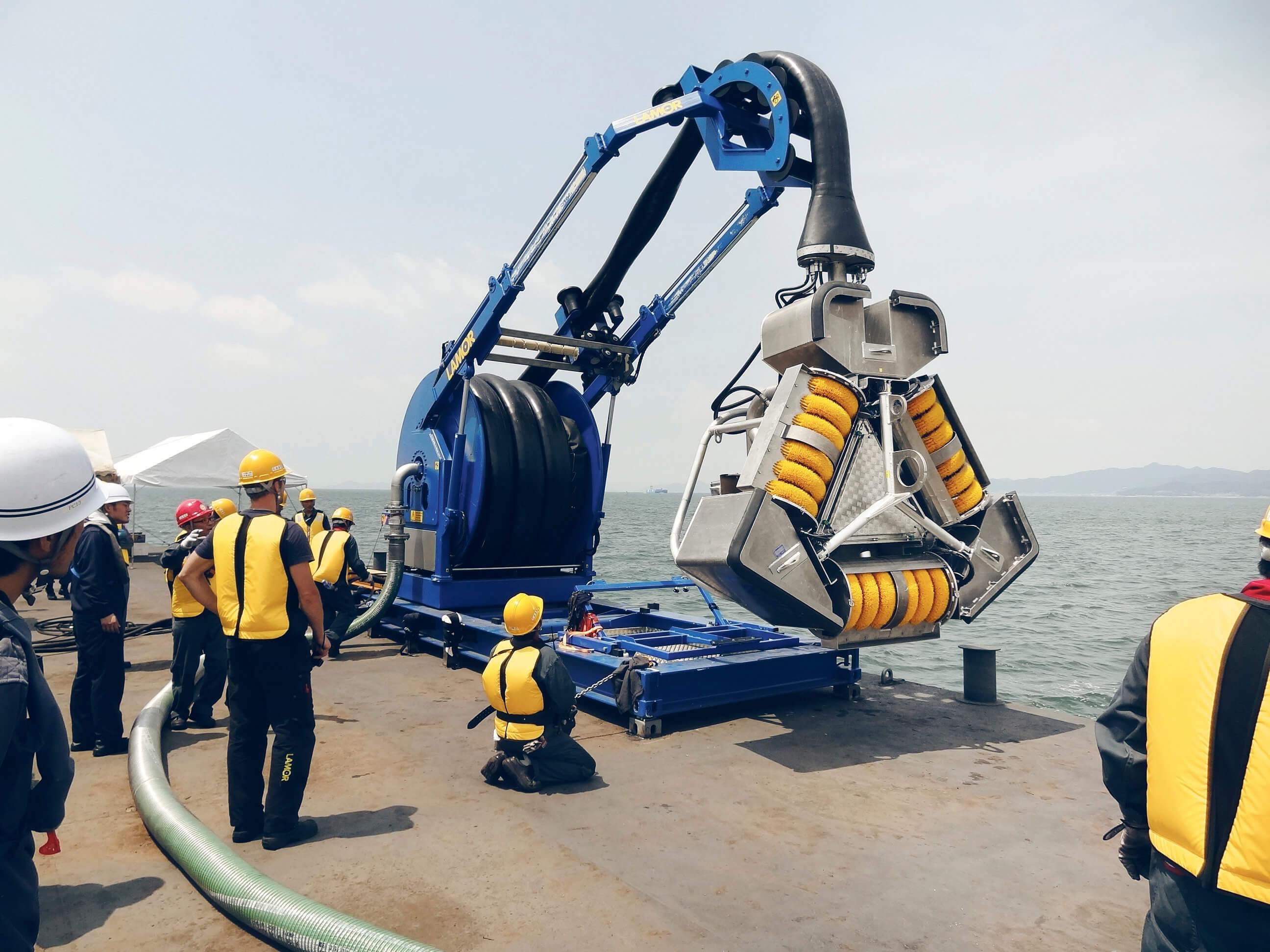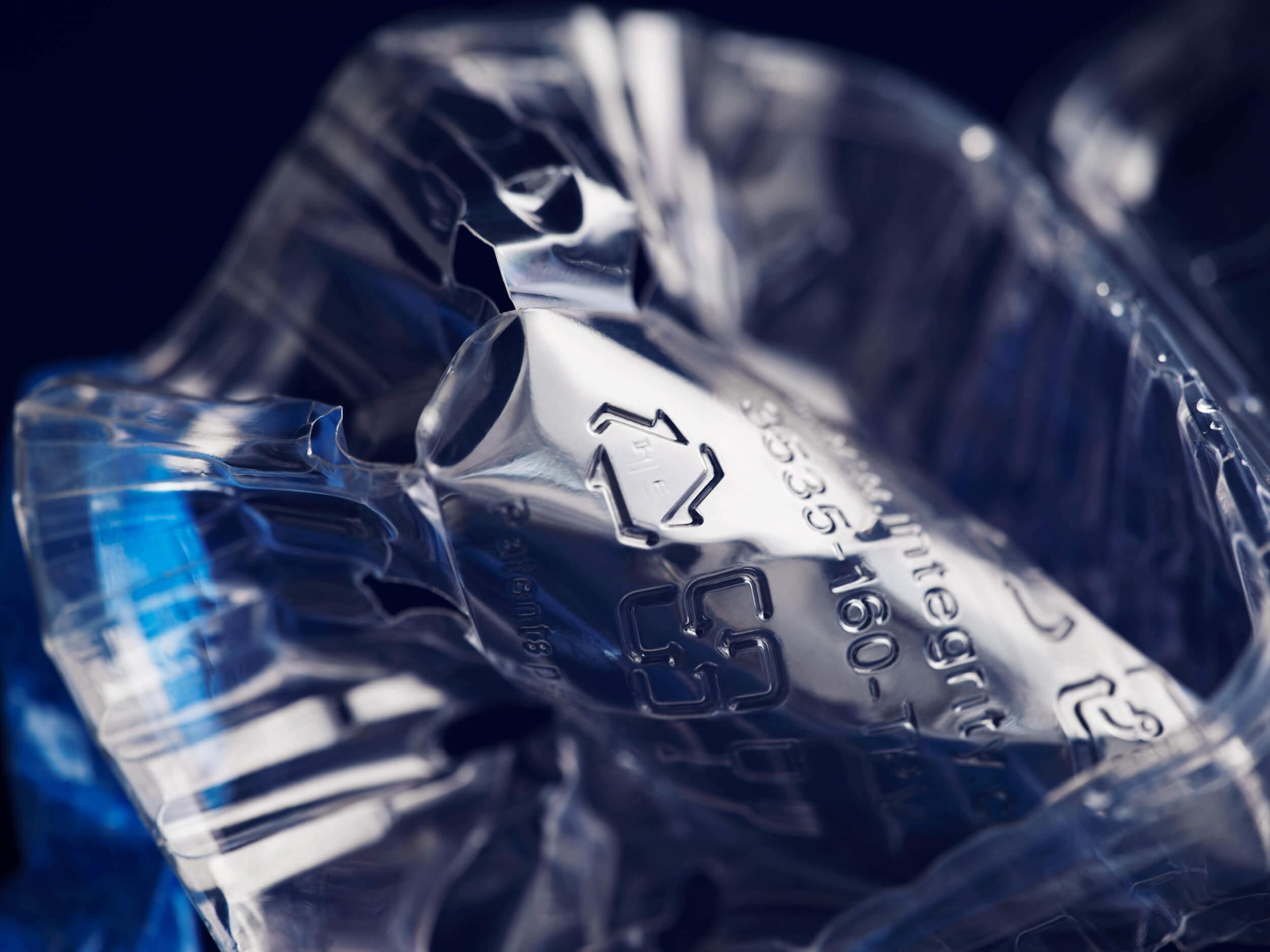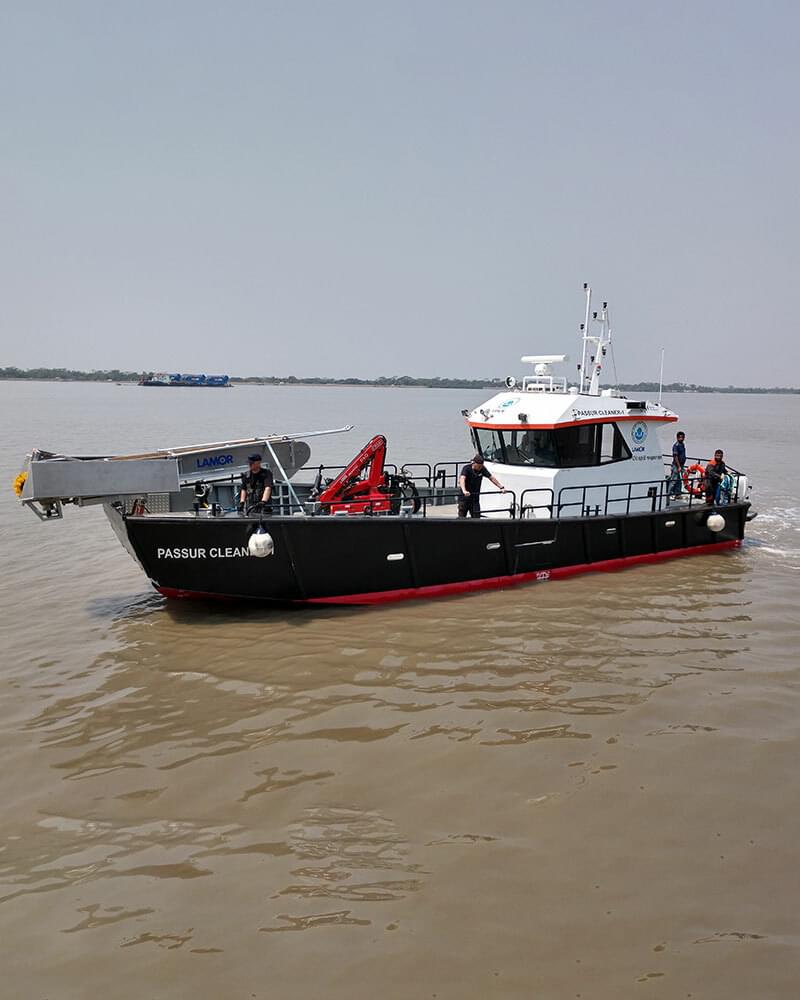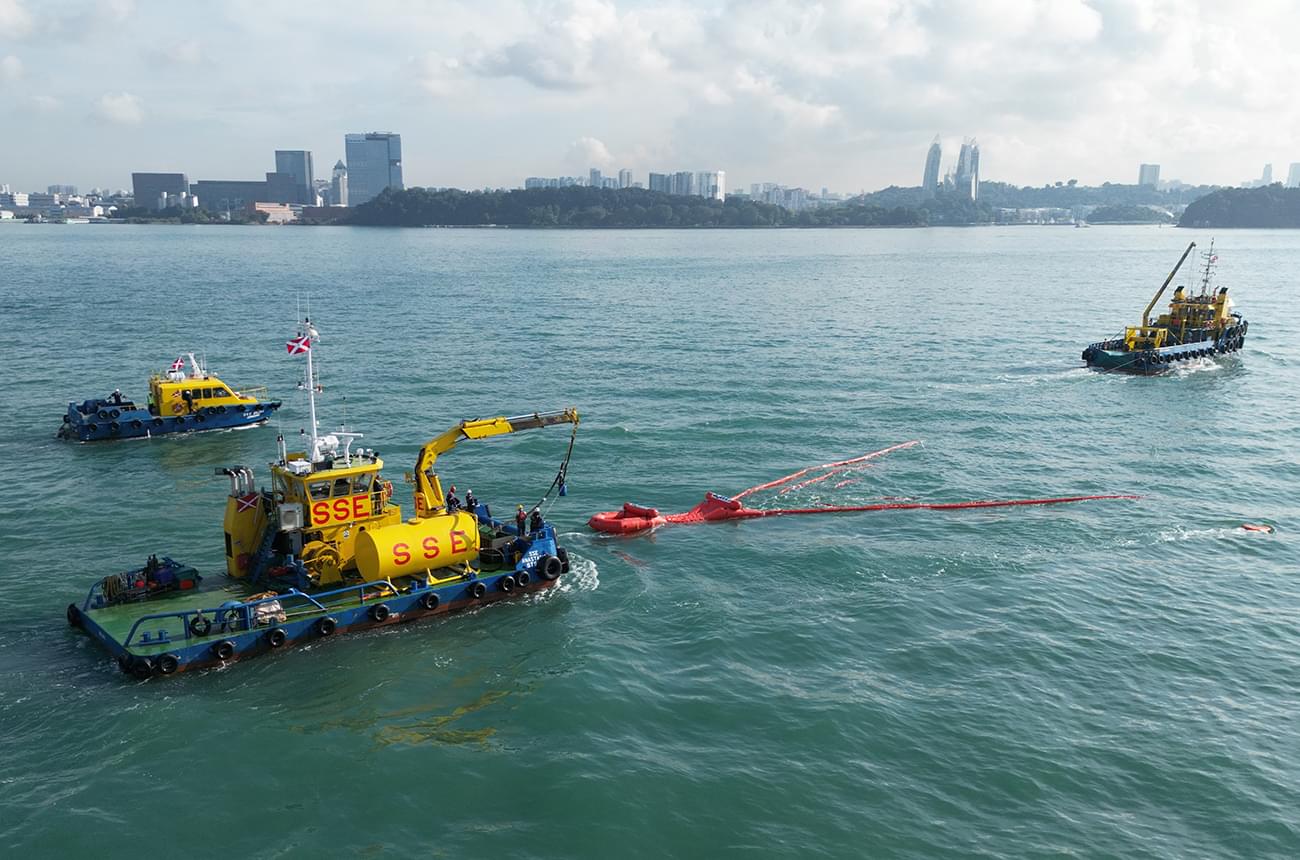Lamor successful in remediating diesel-contaminated soil in Ecuador
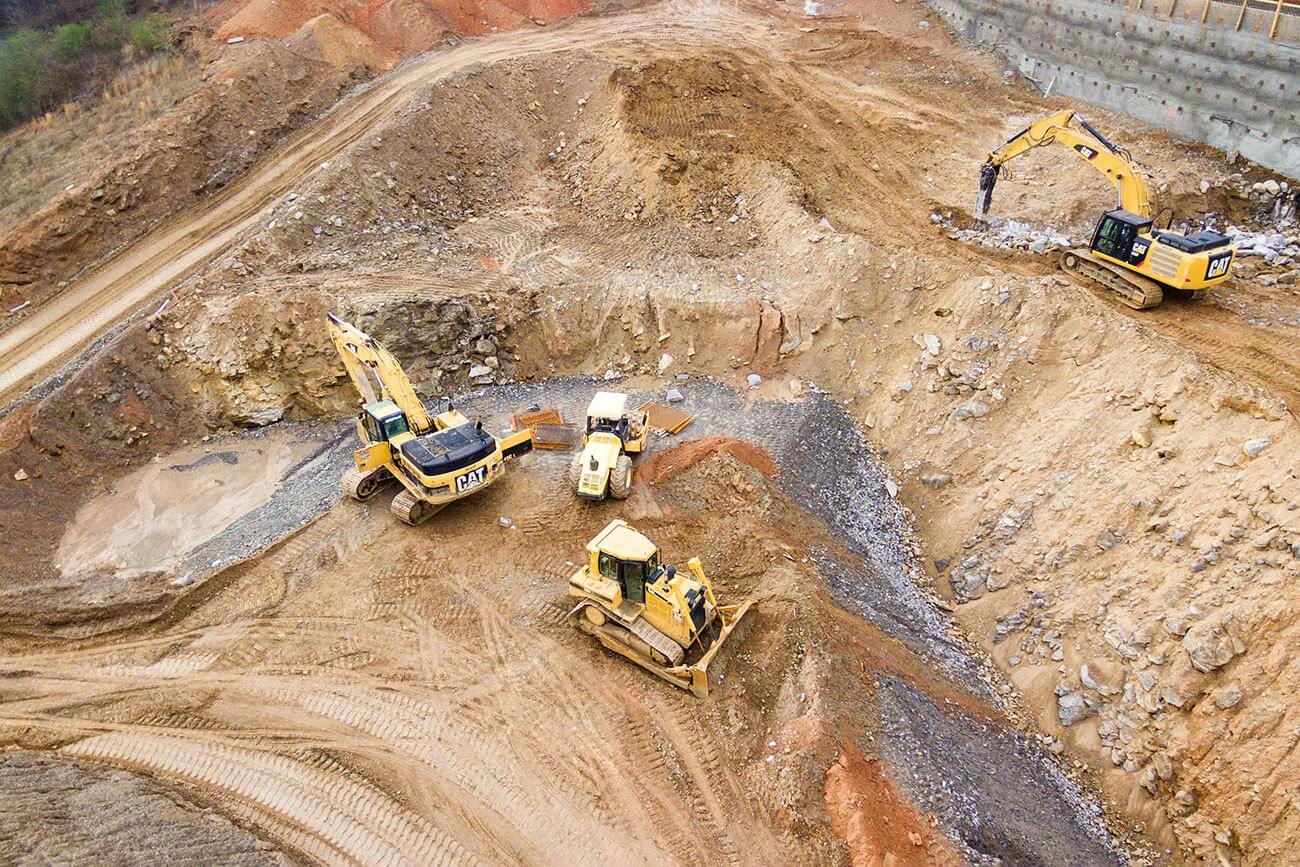
The primary objective of this project was to treat the soil using in situ electrokinetic bioremediation and in situ biostimulation in accordance with environmental regulations, addressing the area impacted by a diesel spill that occurred in a jungle region in Ecuador.
Challenge
The project’s main primary was to remove the non-aqueous supernatant free phase (NASFP) from the area impacted by the diesel spill. This remediation effort took place at a specific kilometre block, following the Environmental Regulation for Hydrocarbon Operations in Ecuador.
Solution
To tackle the challenge, a combination of electrokinetic and bio-stimulation systems was utilised concurrently to decrease the concentration of Total Petroleum Hydrocarbon (TPH) in the subsoil of the affected area.
The electrokinetic system broke down diesel chains and addressed the lack of molecular oxygen in the subsoil by applying controlled electric pulses. The bioremediation system employed bio-stimulation techniques, such as nutrients (urea and phosphate rock), to encourage hydrocarbon-degrading bacteria and oligo-elements nutritive solutions. These solutions were dosed through several trenches located across the area and subsoil. Based on a prior hydrogeologic study, complemented by on-site infiltration and permeability assays, trenches were interspersed between cables and electric poles.
“This project serves as an example of how to effectively remediate areas affected by hazardous substances while minimizing the environmental impact and reducing costs,” says Danilo Alvarez, Project Manager at Lamor Ecuador
Impact
The project had a positive impact by successfully eliminating the non-aqueous supernatant free phase (NASFP) and remediating the subsoil in the affected area, consequently reducing the environmental pollution caused by the diesel spill. By using a combination of electrokinetic and bio-stimulation systems, the concentration of Total Petroleum Hydrocarbon (TPH) in the subsoil of the affected area was reduced.
Furthermore, the project employed accurate permeability analysis to pinpoint the optimal locations for installing convective cells. The nutritional solution was periodically adjusted based on the stage of the degradation process, which optimised the efficiency of the bioremediation process.
Stay in the know
Sign up for our newsletter to learn more about innovations enabling the survival of our dear planet.



